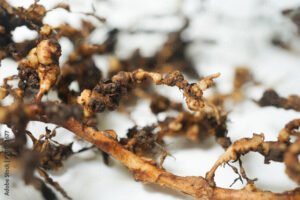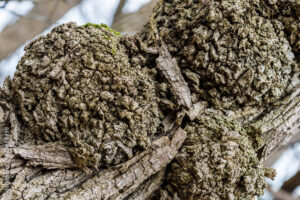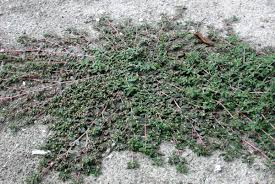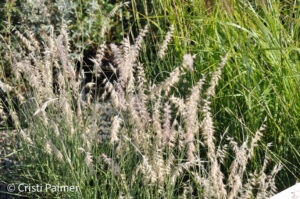IR-4 generates a tremendous amount of data to determine the efficacy and crop safety of products to manage diseases, pests and weeds. Below are research summaries and some guidance on how to interpret the many tables of data included in the efficacy summaries.
If you don’t find information on a specific disease, pest or weed, please go to Grower Needs and complete the annual survey or fill out a project request form.
Interpreting Data
Interpreting data from experiments can be very easy or it can be tricky. Scientists collect observations about each treatment. These observations can be continuous (such as measuring height or counting insects) or categorical (such as a rating scale for quality). For all experiments, scientists then perform statistical analyses to determine whether the treatments had an impact on the observations. When there are statistical differences, scientists have a couple different ways to indicate this when they present their results. In graphs showing treatment means, error bars indicate whether one mean is different from another. In tables, the error ranges can be provided, but often researchers will indicate that a treatment is significantly different from the non-treated control by an asterisk or by using letters after the numbers. Most of the scientists in the IR-4 program use letters to indicate differences.
When looking at data tables in these summaries, pay attention to the numbers for the non-treated controls. Ask the following questions:
- What kind of data are being presented? Are they counts? Are they quality ratings?
- Are the non-treated generally higher or lower than the treatments?
- Did the researchers inoculate or infest the plants? If yes, did they also include a non-treated control that wasn’t inoculated/infested?
Generally, in experiments where the researchers had moderate to high pathogen/pest pressures, count data for the non-treated controls will be higher than the treatments. The best treatments are those that are significantly lower than the non-treated controls as indicated by having a different letter following the averages. When scientists collect categorical plant health or quality data, pay attention to their rating scales; sometimes lower is better, sometime higher is better.
Research Summaries
- All
- Entomology Efficacy
- Plant Pathology Efficacy
- Weed Science Crop Safety
- Weed Science Efficacy










